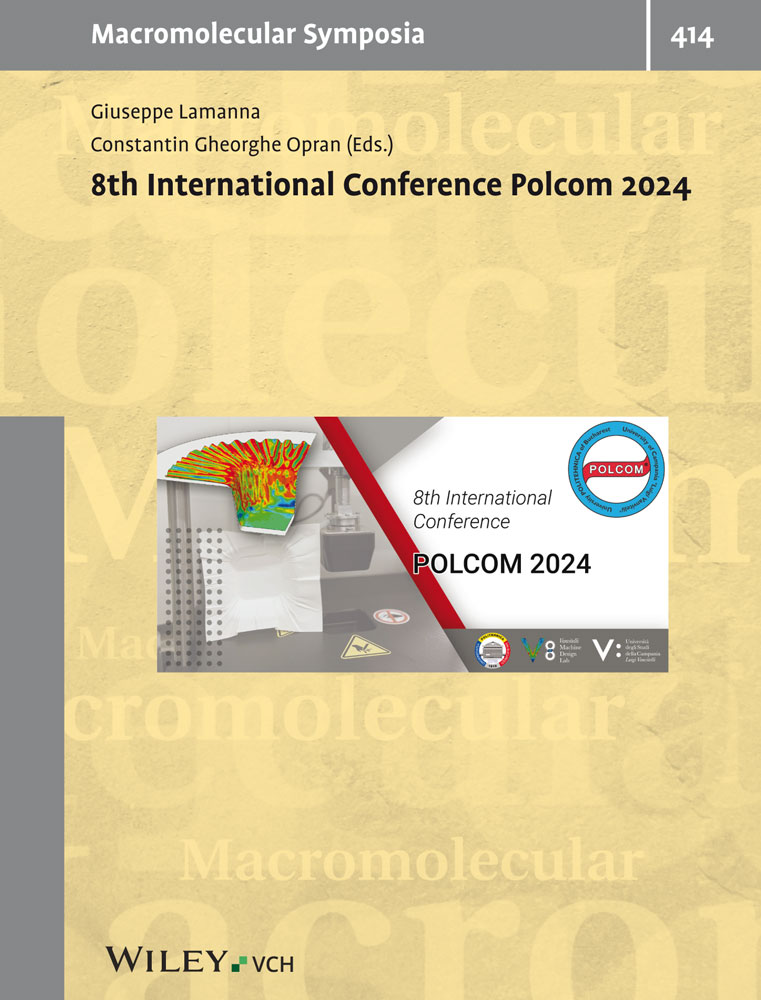Electrostimulated shift of the precipitation temperature of aqueous polyzwitterionic solutions
Abstract
The precipitation temperature (Tpr) value of aqueous poly(dimethylamino-ethoxyacryloyl-propylsulphonate) (PDMAPS) solutions decreases with the rise of electric field intensity both in the absence and in the presence of a low molecular salt. This electrostimulated Tpr shift is explained qualitatively by means of the model taking into account both the dominating intermacromolecular dipole-dipole interaction and the dipole cluster formation.




